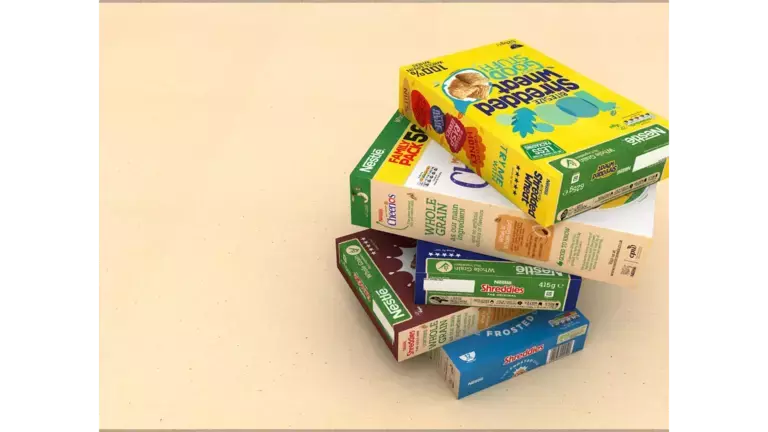Cereal boxes are more than just packaging; they are an integral part of your breakfast routine. They serve a variety of purposes beyond holding your cereal, including marketing, convenience, and preservation. Let’s dive into the world of cereal boxes and explore their significance, features, and innovations.
What Are Cereal Boxes?
Cereal boxes are containers designed to store cereal, which is a popular breakfast food. Typically made from cardboard, these boxes come in various sizes and designs to cater to different types of cereal and consumer preferences. Their primary function is to keep the cereal fresh, safe, and easy to access.
The Importance of Cereal Boxes
- Preservation: Cereal boxes play a crucial role in preserving the freshness and crunchiness of the cereal. They protect the cereal from moisture, air, and light, which can lead to staleness and loss of flavor.
- Marketing and Branding: The design of cereal boxes is a key aspect of branding. Vibrant colors, catchy graphics, and appealing characters are used to attract consumers, especially children. A well-designed box can make a significant impact on purchasing decisions.
- Convenience: Cereal boxes are designed for ease of use. Most have a resealable flap or a plastic liner to help maintain freshness after the box has been opened. Some also feature convenient pour spouts for easy dispensing.
Design and Features of Cereal Boxes
- Material: Most cereal boxes are made from corrugated cardboard or paperboard. This material is not only cost-effective but also recyclable, making it an environmentally friendly choice.
- Size and Shape: Cereal boxes come in various sizes to accommodate different quantities of cereal. They are generally rectangular but can be found in other shapes as well, depending on branding requirements.
- Graphics and Print: The exterior of a cereal box is usually adorned with colorful graphics and images that highlight the cereal’s flavor, nutritional benefits, and any special promotions. High-quality printing techniques ensure that the box is visually appealing.
- Functionality: Many cereal boxes include additional features like resealable closures, built-in scoops, or easy-tear tabs. These innovations enhance the user experience by making the box more practical and user-friendly.
Trends and Innovations in Cereal Boxes
- Eco-Friendly Packaging: With increasing environmental awareness, many manufacturers are focusing on sustainable packaging options. This includes using recycled materials and designing cereal boxes that are fully recyclable or compostable.
- Smart Packaging: Advances in technology have led to the development of smart packaging. Some cereal boxes now feature QR codes or NFC tags that provide consumers with additional information about the product, such as nutritional data, recipes, or promotional offers.
- Interactive Designs: To engage younger audiences, cereal boxes are incorporating interactive elements. This might include puzzles, games, or collectible items that make the breakfast experience more enjoyable for children.
Conclusion
Cereal boxes are an essential part of the breakfast industry, offering more than just a container for cereal. They play a vital role in preserving freshness, enhancing brand identity, and providing convenience to consumers. With ongoing innovations and a growing focus on sustainability, the future of cereal boxes looks both exciting and environmentally conscious.

